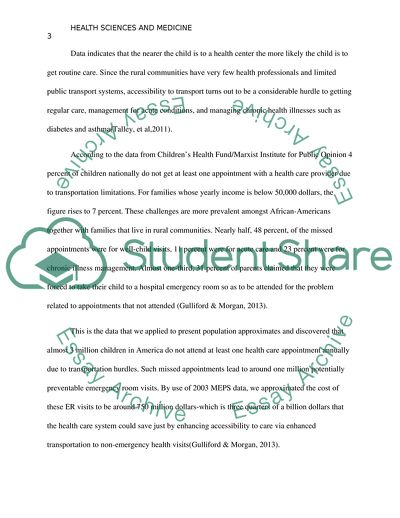Transportation and access to health care services Essay. https://studentshare.org/medical-science/1865114-transportation-and-access-to-health-care-services
Transportation and Access to Health Care Services Essay. https://studentshare.org/medical-science/1865114-transportation-and-access-to-health-care-services.


